- Learning time
- 60 minutes
- First play time
- 120 minutes
Near and Far
Designed by: Ryan Laukat
Near and Far is a board game with a story element to it – the players are adventurers, and as they explore the lands of the boards (there’s more than one!) they have encounter quests, where they have choices as to how to proceed.
You start the game with minimal personal effects, and on your turn you can go to town, or go adventuring. In town there are buildings that allow you to do various things – recruit companions to your party, add a pack bird (good for carrying stuff), get a coin, get some gems, and other things that basically amount to prepping for your adventure.
Each adventurer recruited to your party has one or more symbols that help you during the game – swords with combat, hands with skill, eyes with finding coins or gems, and arrow to denote extra movement. A shield can help you negotiate your way past a threat on the map, whereas without one you must overcome it before moving on. Adventurers also have a heart score, which will collectively define the strength of your party.
Once you feel well equipped enough, you can take your party off on an adventure. You always start at the town (shown on the map) and as you set off, you set a heart score – defined by your adventuring party – that represents the health, determination and drive of your party. Passing by an empty space – one with no camp in – on any route costs you one heart, and setting a camp costs you three. So as you move around the map your heart score is slowly diminishing, until the point where you have little or none… at which point you return to town and start over.
So what’s the point in adventuring? Well, whenever you set a camp you can uncover more coins and gems, and the act of setting a camp also progresses play: as soon as any one player sets their fourteenth camp the game will finish at the end of that round. Camps can also form part of trade routes, which bring big bonuses at the end of play. But also, the intriguing part of the game is the aforementioned quests: when you finish your turn on a quest location, someone reads an encounter from a storybook and – subject to having enough skill – you can make a decision and have an influence on your story.
There are other elements at play too: Artifact cards can be purchased, giving you in-game bonuses plus points at the end. Each player is building – or damaging – their reputation; which has some bearing on play. You need to bear in mind your party can take at most four adventurers, one from each of the four factions. And crucially – players can’t share a building in the town without having a duel! So although losing a duel isn’t too punitive (it’s more a punch-up than a fight to the death) and the defender suffers no damage at all, you do need to factor in the chance you’ll have a non-productive turn as you spend the night ‘in jail’… When the game ends, players count up their points from artefacts, trade routes, and some other sources to determine the winner.
The guru's verdict
-
Take That!
Take That!
Very little. Even with the dueling, the risk is all with the attacker. More crucial from a point-scoring perspective is who grabs the tastiest spots on the map, including the point-scoring 'trade route' spots.
-
Fidget Factor!
Fidget Factor!
Once you know the game, Near and Far plays rapidly.
-
Brain Burn!
Brain Burn!
The rules need a bit of time to assimilate, but there's nothing here to really tax you as most turns tend to be productive in some way.
-
Again Again!
Again Again!
There's eleven maps to play through and the game also provides alternate game modes: Character, Arcade, and Campaign; where you play all the maps chronologically, endowing your character with more abilities as they go. But crucially playing a map doesn't mean it can't be played again - even if you had the capacity to remember every single story element, it wouldn't mean someone couldn't out-strategise you, or you could mitigate some unlucky dice rolling. So a lot of replayability here.

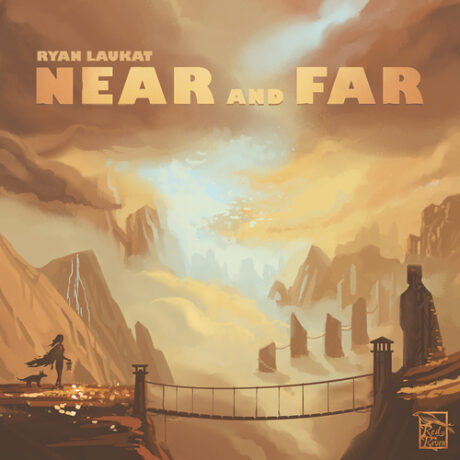
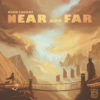
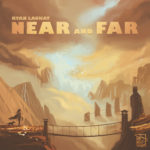
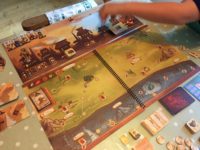
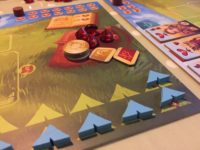
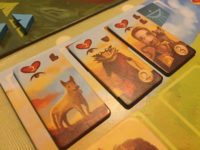
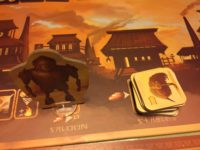



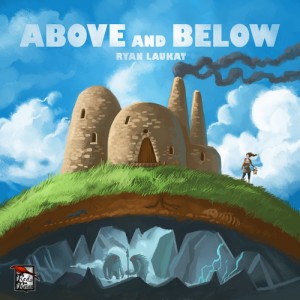
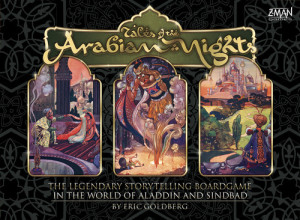
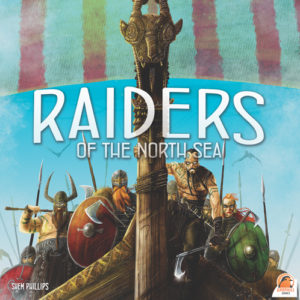
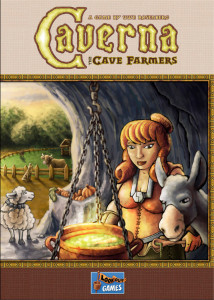
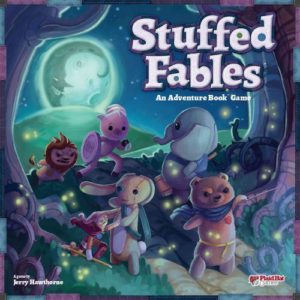
Sam says
A way back my son and I enjoyed multiple plays of Near and Far. Outside of the duelling - which you could negate with a house-rule for younger players - there's a warmth to the game in that almost every turn is in some way productive, and the story element adds a nice, occasionally comedic flavour: everyone is intrigued to hear what is being encountered - and what may benefit or befall them as a result. Having played an awful lot of games that see you gathering resources to cash them in in some way, I feared I might feel too jaded to really relish Near and Far, but with friendly artwork and immersive, quick-moving play - not to mention the story angle - it was a real hit. A couple of years later we returned to it and though the game was still good value, I'm not sure it really sang to us - my boy being older, and our tastes changing - but I have fond memories of it all the same. I think some games do the resource-management (such a dull term for what can be quite an addictive puzzle-element in games) better, and Tales of the Arabian Nights is stronger on the story: more dramatic, more fantastical, more loaded with the potential for absurd comedy. But I can think of very few that combine the puzzle and the story in this way.